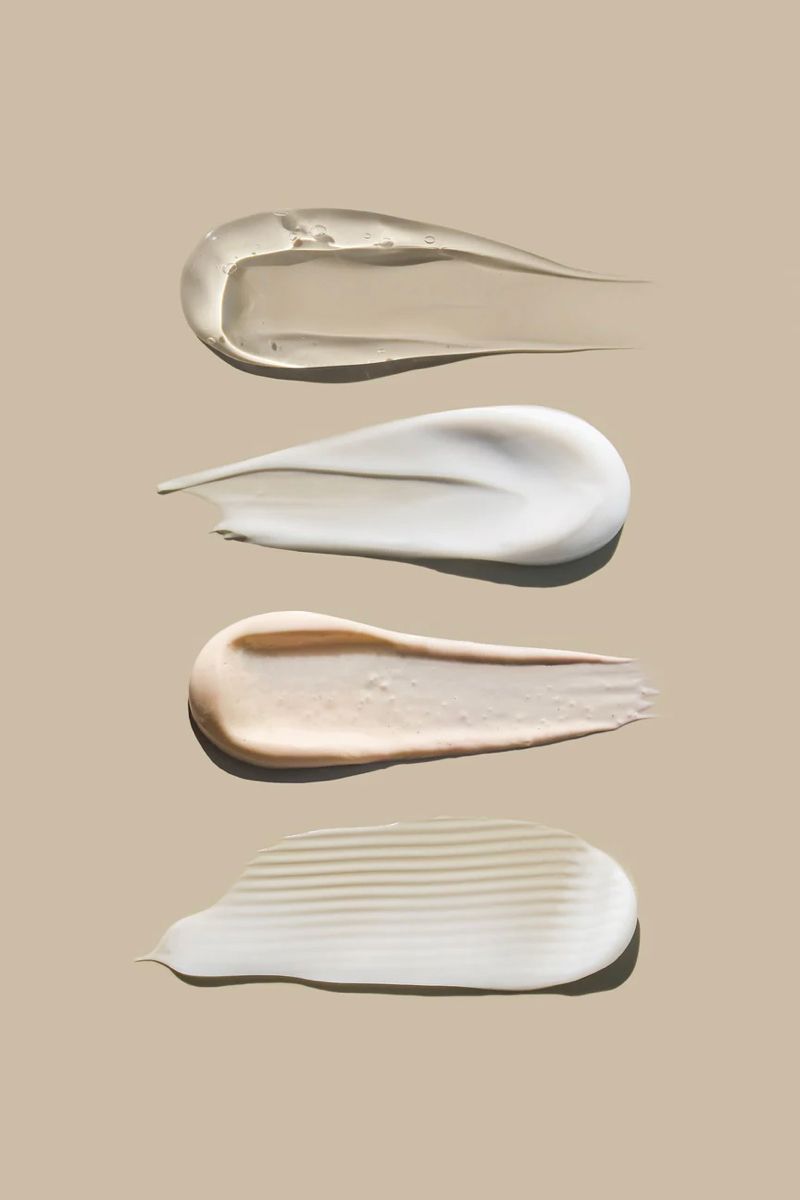Top 15 PPC Optimisation Strategies to Improve Ad Results for Luxury Brands
Own your brand terms, curate category intent, elevate feeds and creative, and let bidding optimise to profitable actions, not cheap clicks. Measure blended MER and cohort LTV; test methodically; keep distribution brand‑safe.

For luxury brands, PPC isn’t about driving the cheapest clicks, it’s about appearing in the right places, in the right way, with creative and landing experiences that feel on‑brand. Done correctly, pay‑per‑click amplifies demand without eroding equity.
Problem → Many PPC accounts chase volume with generic copy, messy structures and broad automation, leading to rising spend, flat revenue and off‑brand placements.
Solution → Run a premium‑safe PPC system: disciplined search architecture, immaculate feeds and assets, suitability‑controlled YouTube/Display, and bidding guided by AOV and lifetime value. Every click should land on a page that answers the next question.
1) Set goals that premium brands actually feel
Define success by MER, AOV, return rate, repeat rate and cohort LTV. Use channel‑level CAC/ROAS as diagnostics, not the only goal. Align conversion values with true margin.
2) Protect your name (brand defence with dignity)
Run exact and phrase on brand & near‑brand; maintain 95%+ impression share with restrained RSAs. Use sitelinks to Care, Appointments, Materials and FAQs. Keep copy neutral, no urgency language.
3) Curate non‑brand intent into high‑fit clusters
Group by materials, problems solved and category language (e.g., ‘hand‑stitched leather tote’, ‘PFAS‑free water filter’). Use negatives to exclude low‑fit traffic. Expand via phrase/broad only with close query reviews.
4) Write RSAs like signage, not slogans
One calm promise + two proofs. Example: “Hand‑finished leather totes” | “Repairs & care service” | “10‑year guarantee”. Use structured snippets for Materials/Services/Care; test pinning to protect tone.
5) Elevate extensions & assets to do the proof work
Sitelinks to care, provenance, appointments and size guides; callouts for repairs/warranty; price extensions only if premium SKUs and presentation support it. Use high‑quality image assets that match site art direction.
6) Make Shopping/PMAX only as premium as your feed
Use editorial‑grade product images, precise titles (material, model, size), rich GTIN/brand attributes, and clean taxonomy. Split asset groups; set campaign priorities to control brand terms; exclude poor placements. Refresh assets from winning organic/paid cuts to keep continuity.
7) Control YouTube/Display with suitability and intent
Favour in‑stream with content suitability controls; build Custom Intent from high‑fit queries; cap frequency politely. Make Display editorial and sparse; exclude mobile app churn and misaligned categories.
8) Signal quality over quantity (conversion tracking done right)
Implement CAPI/GA4 linking and deduplication; prioritise events that reflect value (purchase, high‑value add‑to‑cart, appointment). Ensure consent capture is compliant to keep signals stable.
9) Bid to value (not vanity)
Use tROAS/tCPA when you have stable signal; otherwise start with Maximise Conversions/Value and guardrails. Apply seasonality adjustments when launches/peak events distort conversion rates. Use portfolios for shared goals.
10) Consolidate where it helps learning
Over‑segmentation stalls delivery. Merge ad groups/campaigns that compete; keep structure simple enough that each set exits learning quickly while preserving reporting needs.
11) Geo, language and boutique layers
Use location bid adjustments, language‑specific RSAs, and store/boutique campaigns with location extensions and appointment CTAs. Only run Local Inventory Ads if imagery and store pages meet brand standards.
12) Landing experiences that answer the next question
Route brand to story/collection; route non‑brand to proof‑rich PDPs. On page: one‑line value → proof blocks (materials, service, social proof) → clear CTAs. Speed, image quality and calm typography are performance features. Premium Funnel Creative Guide.
13) Testing like an editor (hypotheses, not thrash)
Use Experiments for copy and bid strategies; change one lever at a time (first headline, asset image, sitelink order). Run for a full purchase cycle where possible; retire losers quickly, evolve winners across surfaces.
14) Measure incrementality, not just attribution
Use brand vs. non‑brand mix, impression share on critical terms, GA4 assisted conversions and geo holdouts where scale allows. Judge Display/YouTube on assisted value and branded search lift, not last‑click alone.
15) Governance: policy, trademarks and claims
Stay within policy on claims and personal attributes; manage trademark authorisations; keep a pre‑flight checklist to avoid disapprovals. Prefer fewer, better placements to protect brand codes.
Pros & cons of a premium PPC approach
Pros. Higher‑quality traffic, stronger conversion and AOV, better synergy with organic/retail, and preserved brand equity across surfaces.
Cons. Requires feed and creative craft, suitability controls and patient testing; scale compounds steadily rather than spiking.
FAQs
Should we bid on competitors in luxury?
Use sparingly and neutrally. Cap bids, avoid inflammatory copy, and measure incrementality. Be ready to pause if it escalates brand CPCs.
Is broad match safe?
Yes, with strong negatives, premium assets and close query monitoring. Start narrow, then open as data proves fit.
Do we need PMAX?
Use PMAX when feed and creative are premium and brand control is in place. Fix inputs first; PMAX amplifies whatever you give it.
How often should we restructure?
Minimise thrash. Consolidate only when learning is stuck or reporting needs change. Let tests run for a full buying cycle before judging.
What KPIs matter most for luxury PPC?
Beyond ROAS: MER, AOV, return rate, repeat rate and cohort LTV. Watch brand vs. non‑brand mix and impression share on critical terms.
Conclusion
Premium PPC rewards restraint and clarity. Own your name, curate non‑brand intent, elevate feeds and creative, and let value‑led bidding compound results. Protect the brand on every surface—and the channel will scale with dignity.




